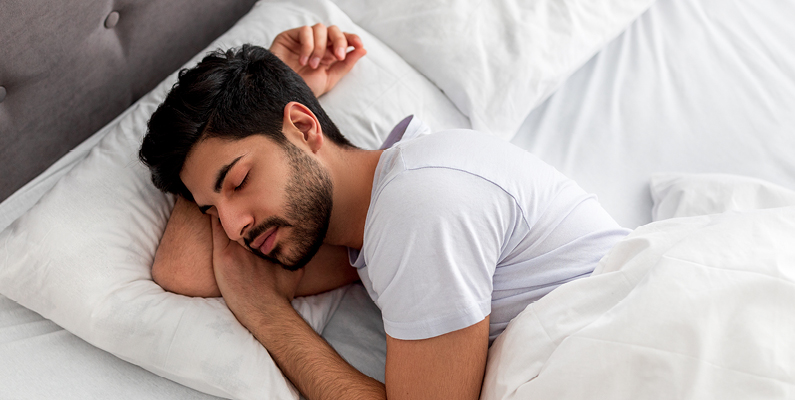 7/4/2022
7/4/2022 You need a full night’s rest for a full day ahead.
Sleep gives your body and mind a chance to recharge. That’s why it’s important for your health, including your oral health. Healthy sleep can help you fight off diseases. But poor sleep is connected to hypertension, heart disease, stroke, type 2 diabetes, obesity, acid reflux, depression, anxiety and more. Untreated sleep apnea, in which breathing repeatedly stops and starts, can even be fatal due to low oxygen levels, high blood pressure and strain on the heart. People with sleep issues are often less alert and lacking energy during the day, resulting in decreased productivity.
Most adults need seven to nine hours of sleep nightly, while children and teenagers need more, especially when they are 5 years old or younger. Good sleep is a matter of both quantity and quality. The amount of time you’re asleep and reaching the deep rejuvenating stages of sleep are key.
The effects on oral health
While quality sleep reduces bad breath, mouth ulcers and gum disease, poor sleep can result in a number of oral health issues, including:
- Teeth grinding or clenching (bruxism)
- Disorders of the temporomandibular joint (TMJ) that connects the lower jaw to the upper jaw
- Cavity-causing dry mouth caused by mouth breathing
- Increased risk of gum disease
Due to the number of oral health issues caused by sleep disorders, your dentist or dental hygienist may be the first to discover a problem. If your dental team notices issues associated with a sleep disorder, they will refer you to a physician for treatment. In addition, your dentist will address any oral symptoms.
How to get a good night’s sleep. You may find it helpful to:
- Exercise any time of day, as it may help you fall asleep faster
- Refrain from caffeine, alcohol and large meals later in the day
- Incorporate a consistent bedtime routine, including retiring the same time every night
- Keep a comfortable room temperature (usually a few degrees lower than during the day) in your bedroom
- Avoid blue and bright lights, including TV, smartphone and computer screens beginning two or three hours before bedtime
- Make sure your mattress, pillows and sheets are comfortable
- Use blackout curtains to keep a low-light level in your bedroom
Some online sites recommend taping your mouth shut when sleeping to force nose breathing, claiming it helps prevent dry mouth and snoring. The technique is not proven, and physicians warn it could cause poor sleep, anxiety and breathing troubles.
As many as 70 million Americans may be suffering from the health effects of chronic sleep disorders or disruptions1 such as insomnia, sleep apnea, narcolepsy and restless leg syndrome. See your physician if you are having difficulty getting enough quality sleep.
Here’s another way you can potentially get a better night’s sleep.
Find your sleep position tosee how simple changes may help make you more comfortable at bedtime.
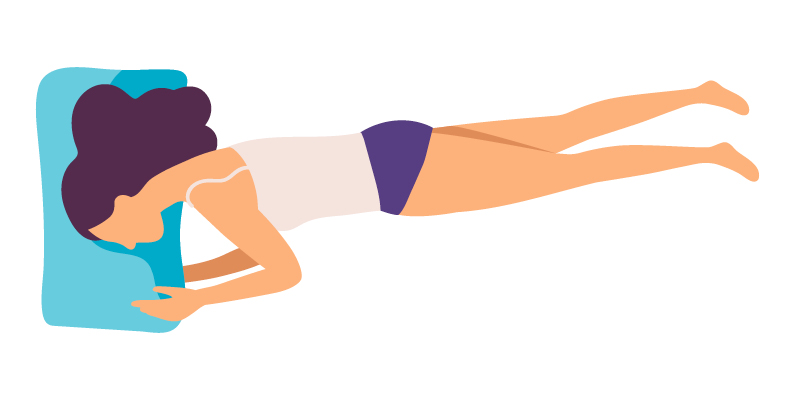
Log
Position: On your side with arms down close to your body.
Advantage: May cut down on sleep apnea.
Try This: Place a pillow or blanket between your knees to reduce pressure on your hips.
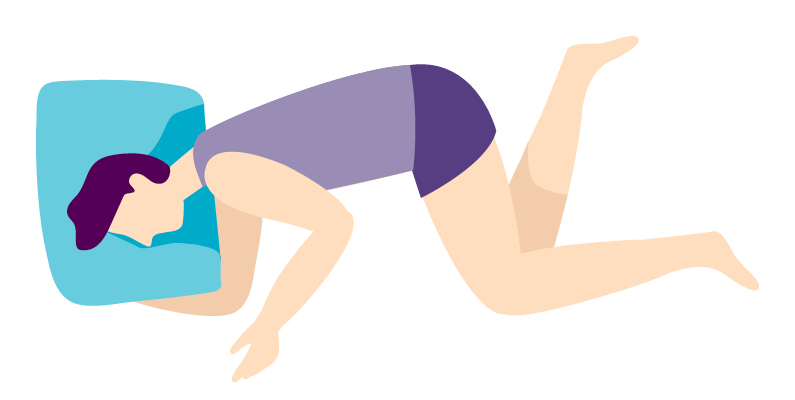
Fetal
Position: Curled up on your side.
Advantage: It’s a comforting position.
Try This: Stretch out a little for easier breathing.

Freefall
Position: On your stomach with arms under your pillow or either side of your head.
Disadvantage: Can cause lower backand neck pain.
Try This: Use a softer pillow.
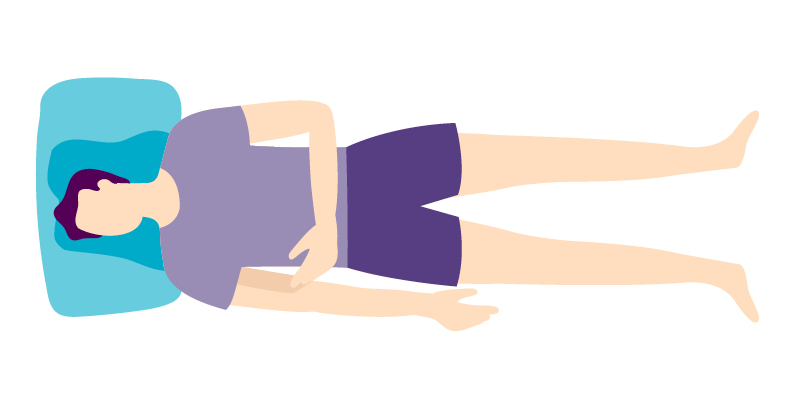
Soldier
Position: Flat on your back with your arms at the side.
Advantage: Can help with acid refl ux.
Disadvantage: Snoring.
Try This: Put a pillow under your knees to reduce back pain. If you snore, sleep on your side instead.
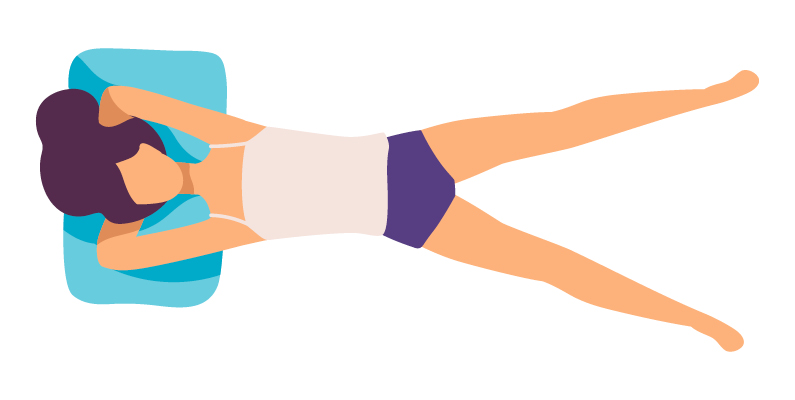
Starfish
Position: On your back, legs spread with arms bent up on either side of your head.
Advantage: Can help with acid refl ux.
Disadvantage: Snoring.
Try This: Put a pillow under your knees and choose a fi rm mattress to avoid back pain.
Source:
1US National Library of Medicine National Institutes of Health